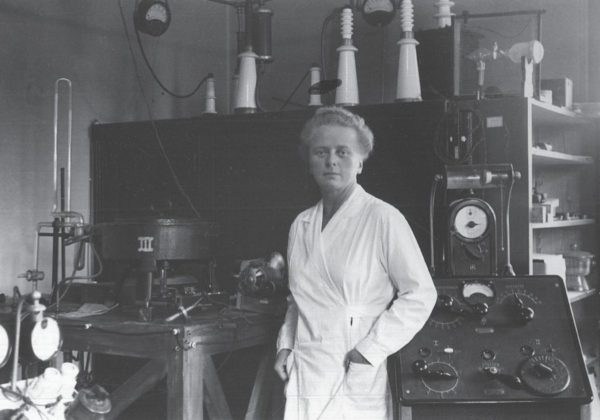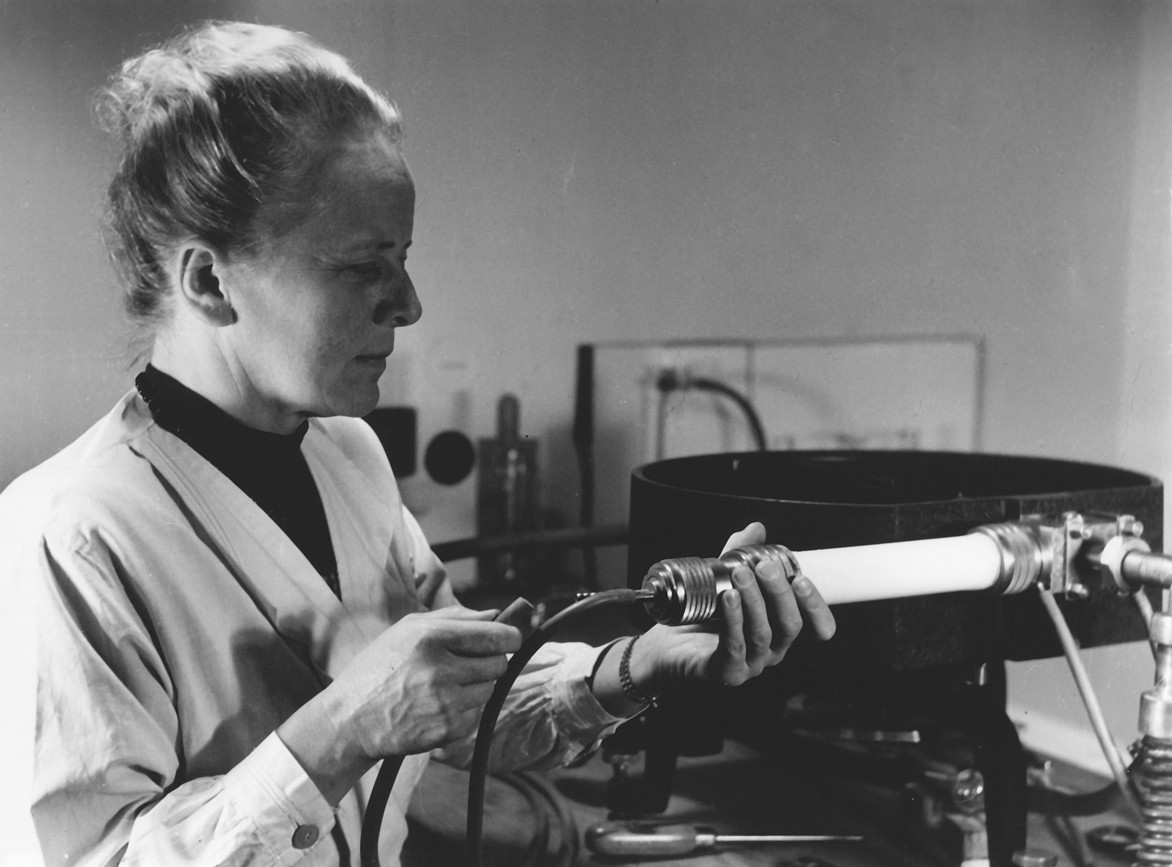
Ida Noddack was a Chemist who made important contributions to the development of modern chemistry and physics. Together with her partner Walter she discovered two new elements: masurium (atomic number 43) and rhenium (atomic number 75) — the latter of which she named after her birthplace, the Rhine region. She was nominated for a Nobel Prize four times — in 1932, 1933, 1935, and 1937. Maybe her biggest feat was the interpretation of experimental data obtained by Enrico Fermi based upon which she proposed the possibility of nuclear fission. Her suggestion came already in 1934. However, it took four more years, until 1938, for the possibility of nuclear fission to become widely accepted.
“When heavy nuclei are bombarded by neutrons, it is conceivable that the nucleus breaks up into several large fragments, which would of course be isotopes of known elements but would not be neighbors of the irradiated element.”
— Ida Noddack, 1934 (four years before the discovery of fission)
Ida was born in 1896 and later went on to study chemistry at the Technical University of Berlin. She was one of the first women to obtain a doctorate in chemistry at the time. After her studies she went on to work in industry and later joined the Physikalisch-Technische Reichsanstalt (today: Physikalisch-Technische Bundesanstalt — Germany’s counterpart to NIST in the US). There, she and her partner Walter discovered masurium and rhenium in 1925 (published as: Zwei neue Elemente der Mangangruppe, Chemischer Teil).
In 1934, she got involved in a debate about experimental results reported by Enrico Fermi. Fermi had bombarded uranium (atomic number 92) with neutrons and the big question was what impact it would have on the target. Fermi’s group had tested for the presence of all elements down to lead (atomic number 82) and particularly focused on neighboring elements. However, they did not find corresponding reaction products and it remained a mystery what reaction products were created and what reaction was caused by neutrons impinging on uranium. Ida pointed out that a more comprehensive analysis may be necessary, including testing for the presence of lighter elements. She motivated this by pointing out that ”it is conceivable that the nucleus breaks up into several large fragments, which would of course be isotopes of known elements but would not be neighbors of the irradiated element.”
Ida’s proposal was widely ignored and even mocked by some scientists who considered it “ridiculous.” Nevertheless, what continued throughout the 1930s were “interpretational difficulties” in making sense of the reaction products of bombarded uranium. It wasn’t until a careful chemical analysis in 1938, carried out by Otto Hahn and Fritz Strassmann with input from Lise Meitner, that the presence of light reaction products was finally confirmed and the existence of nuclear fission became widely accepted.
For more information, please see the article below:
Tiggelen, B. V., & Lykknes, A. (2019). Celebrate the women behind the periodic table. Nature, 565(7741), 559–561. https://doi.org/10.1038/d41586-019-00287-7
